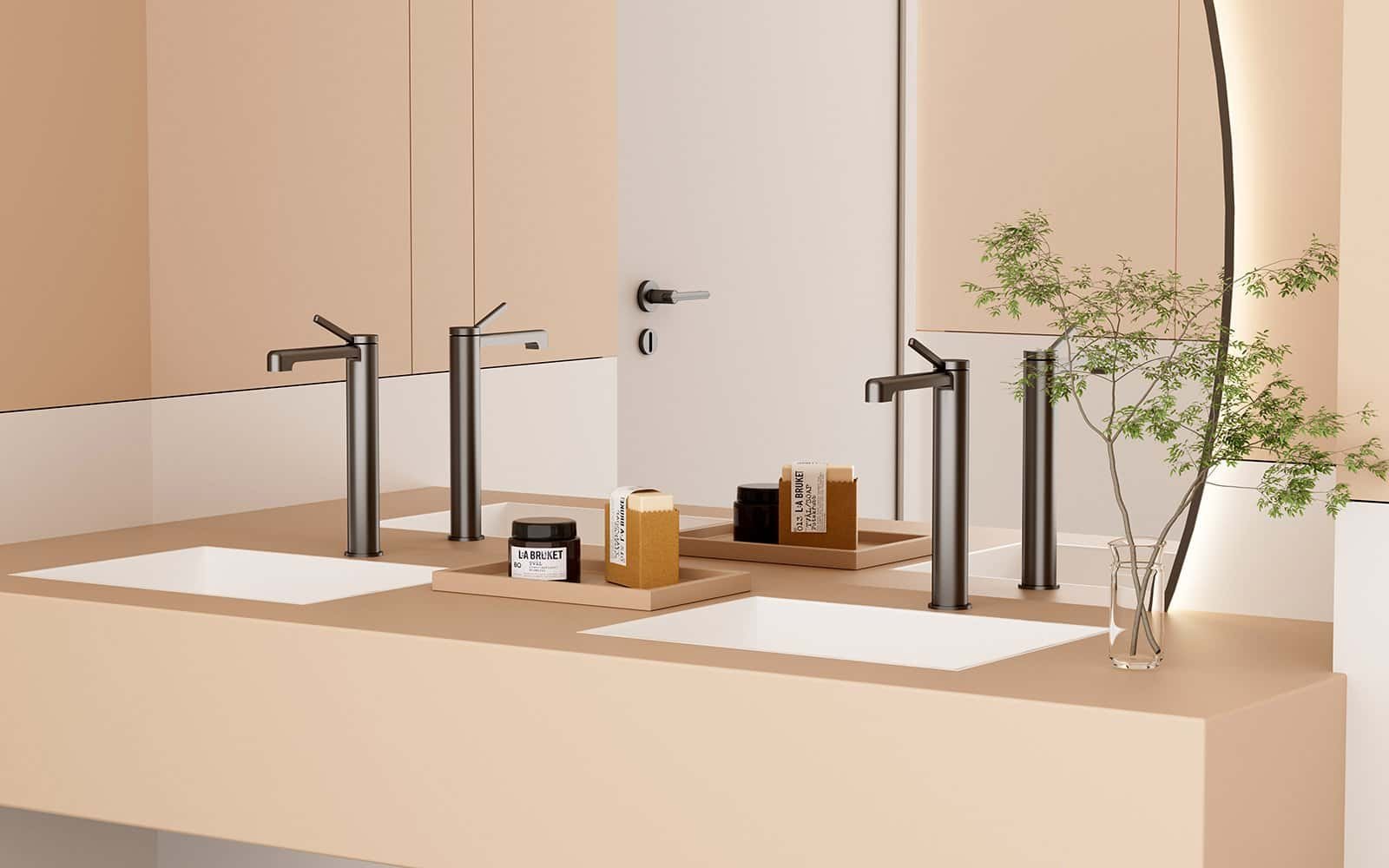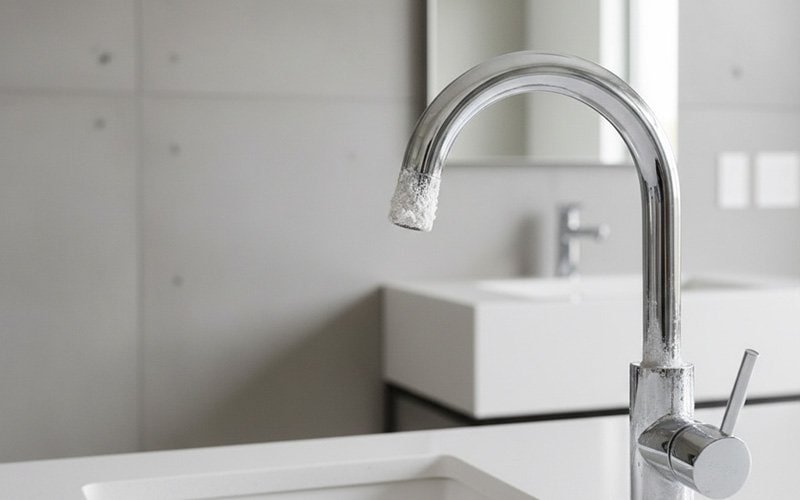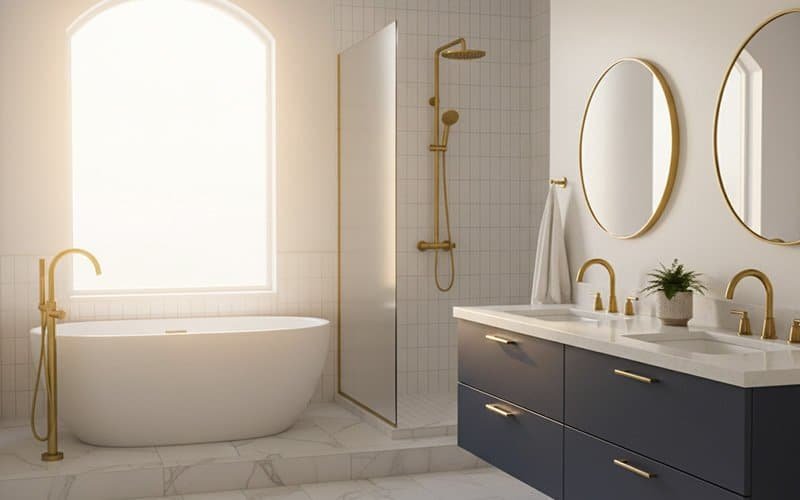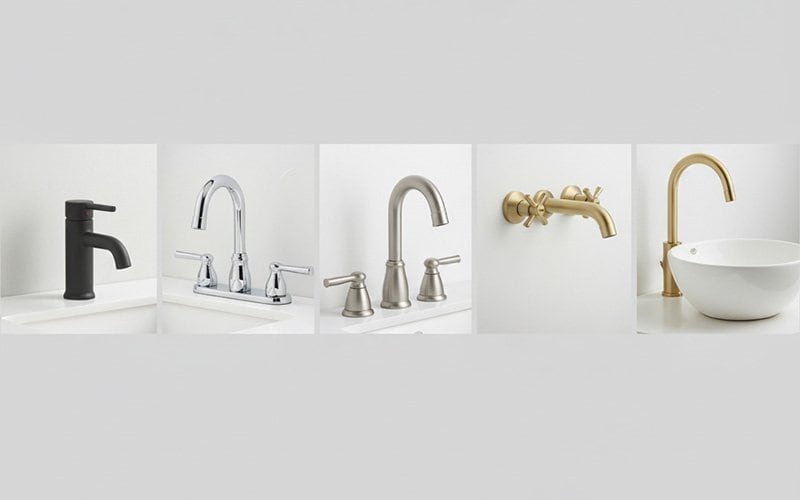Table of Content

Disclaimer:
This guide is for general informational purposes only and provides a simplified overview of plumbing certifications found in the North American market. The information provided is not an endorsement of any standard, nor does it constitute professional advice. **The presence of this informational article does not imply that Rosana products possess the certifications discussed herein.** Please refer to individual product pages for specific details about our products.
When shopping for a faucet, you may encounter terms like “UPC” and “cUPC.” This guide explains what these plumbing certifications mean, their general differences, and why they are a factor in the North American plumbing market.
What Are UPC and cUPC Certifications?

Both UPC and cUPC certifications are standards set by the International Association of Plumbing and Mechanical Officials (IAPMO), a globally respected authority in plumbing and mechanical codes. These certifications are intended to show that faucets meet certain requirements for performance and material composition.
- UPC (Uniform Plumbing Code): The UPC certification is based on the Uniform Plumbing Code, a set of standards developed by IAPMO and recognized by the American National Standards Institute (ANSI). It is a standard intended to show that faucets comply with U.S. plumbing regulations, focusing on aspects like material quality and performance for American systems.
- cUPC (Canadian Uniform Plumbing Code): The cUPC certification takes the UPC standards a step further by incorporating additional requirements specific to Canadian plumbing codes. This makes cUPC-certified faucets compliant for use in both the United States and Canada, offering a broader scope of approval across North America.
In short, while UPC is tailored for the U.S. market, cUPC provides dual certification, making it a versatile choice for North American consumers and manufacturers.
| Aspect | UPC Certification | cUPC Certification |
|---|---|---|
| Definition | U.S. plumbing standards set by IAPMO and ANSI | Extends UPC to include Canadian standards |
| Geographical Scope | United States | United States and Canada |
| Regulatory Body | IAPMO, ANSI | IAPMO, includes Canadian codes |
| Standards | Focuses on general plumbing codes and performance benchmarks, such as water flow and leak prevention. | Expands on UPC requirements by incorporating localized or additional environmental and safety tests. |
| Testing Procedures | Follows standardized testing protocols established by bodies such as IAPMO. | Includes standardized testing along with additional localized assessments. |
Why These Certifications Matter
The stated goal of certifications like UPC and cUPC is to indicate that a product complies with certain plumbing codes established by organizations like IAPMO. For consumers, the presence of such a mark is intended to signify that the product has been tested against specific criteria. For manufacturers and builders, these certifications can be a requirement for selling products in certain markets or for use in specific construction projects.
Standards in the Sanitary Ware Industry
In the sanitary ware industry, these certification standards typically address several areas:
- Material Composition: Standards often specify the types of materials for components that contact drinking water.
- Performance Metrics: Products may be tested for factors like flow rates and pressure tolerance.
- Durability Testing: Testing may be conducted to assess resistance to corrosion and wear under simulated conditions.

Certification Process: How Do Faucets Get Certified?
Achieving UPC or CUPC certification is a multi-step process involving several critical stages:
- Product Design and Documentation:
Manufacturers submit technical drawings, material data sheets, and detailed product specifications. - Laboratory Testing:
Certified laboratories conduct thorough tests on samples. These evaluations cover durability under simulated real-life conditions including water pressure tests, leakage simulations, and material quality assessments. - Compliance Verification:
Once tests confirm the product meets the established criteria, it is reviewed against the respective code’s guidelines (be it UPC or the enhanced CUPC standards). - Certification and Marking:
Successful products receive the certification label, which can then be applied to all approved models. This mark signifies that the faucet adheres to the strict guidelines and standards. - Ongoing Audits and Recertification:
Many certification bodies also require periodic audits to ensure that the manufacturing process continues to produce compliant products.
Manufacturers interested in obtaining these certifications should consult with recognized certification bodies and adhere closely to the respective guidelines available from organizations like IAPMO or local regulatory agencies.
Conclusion
UPC and cUPC are common certifications in the North American faucet market. UPC applies to U.S. standards, while cUPC covers both the U.S. and Canada. For consumers, these marks are intended to signify compliance with certain standards. For businesses, they can be a requirement for market access and regulatory compliance.
FAQs
Related Posts








